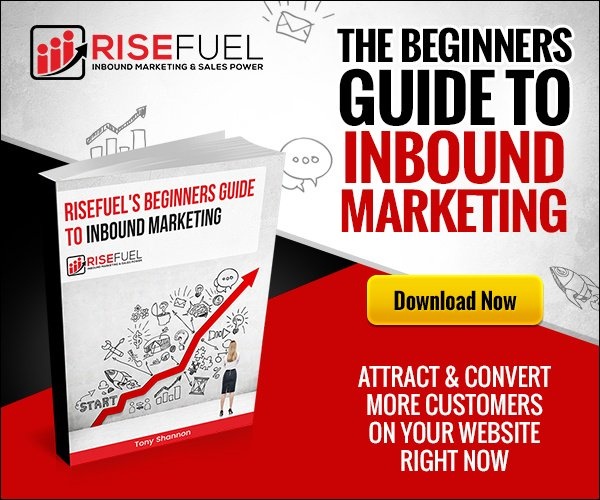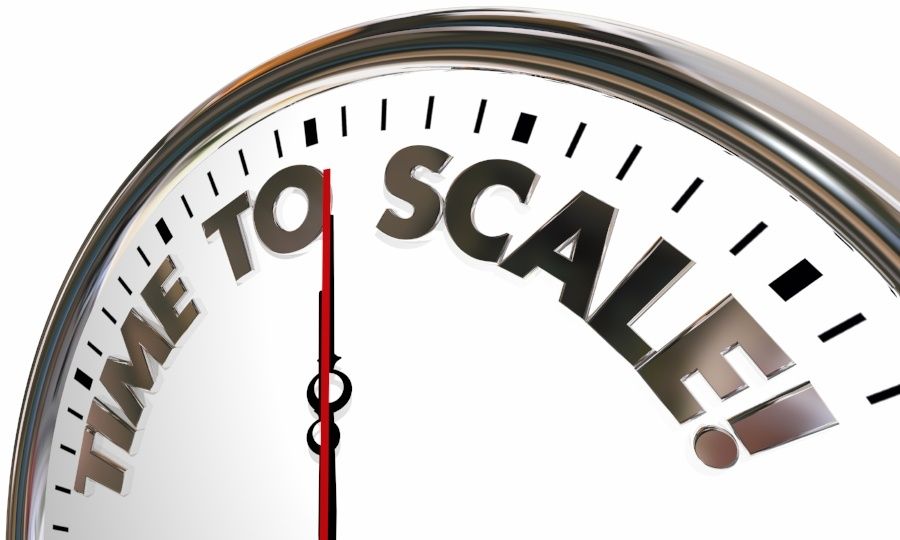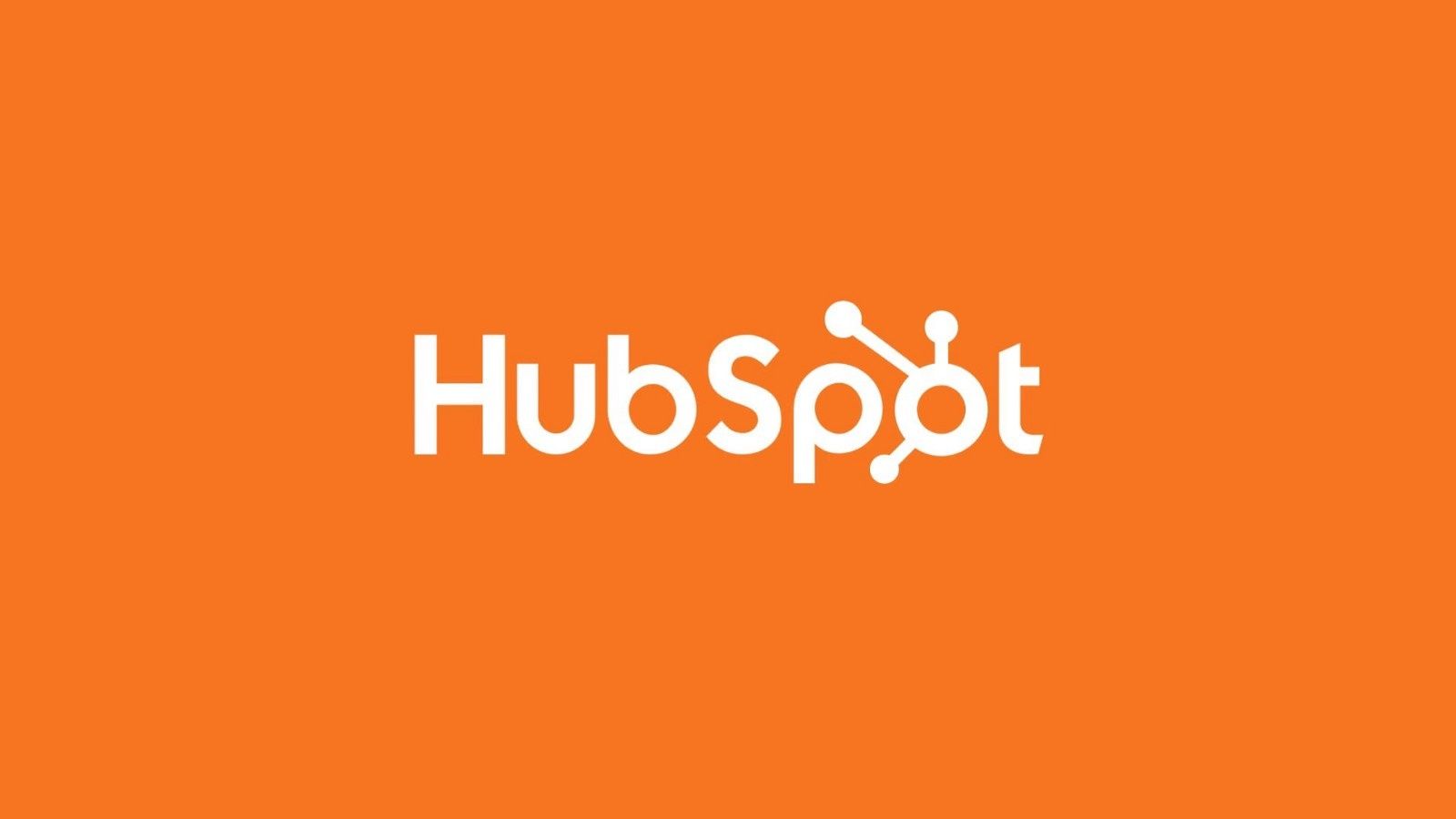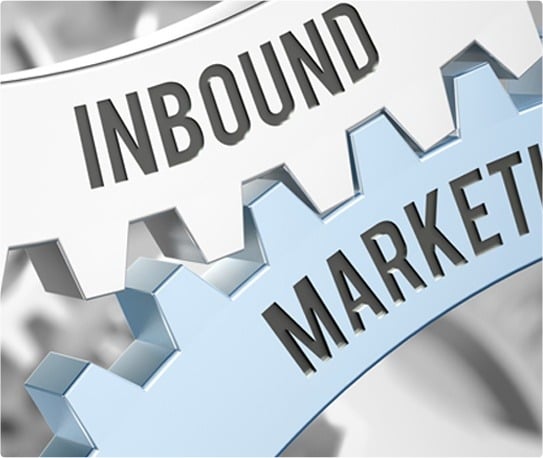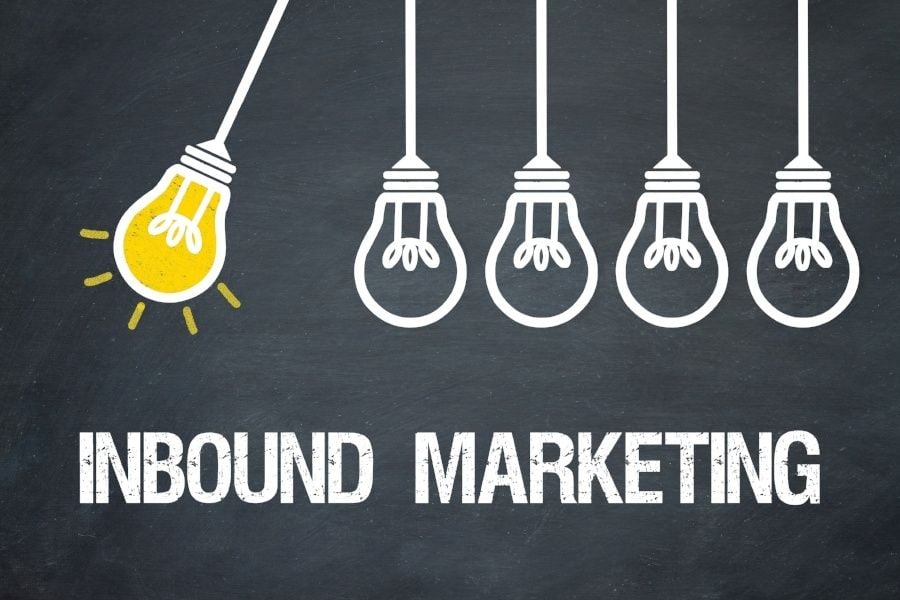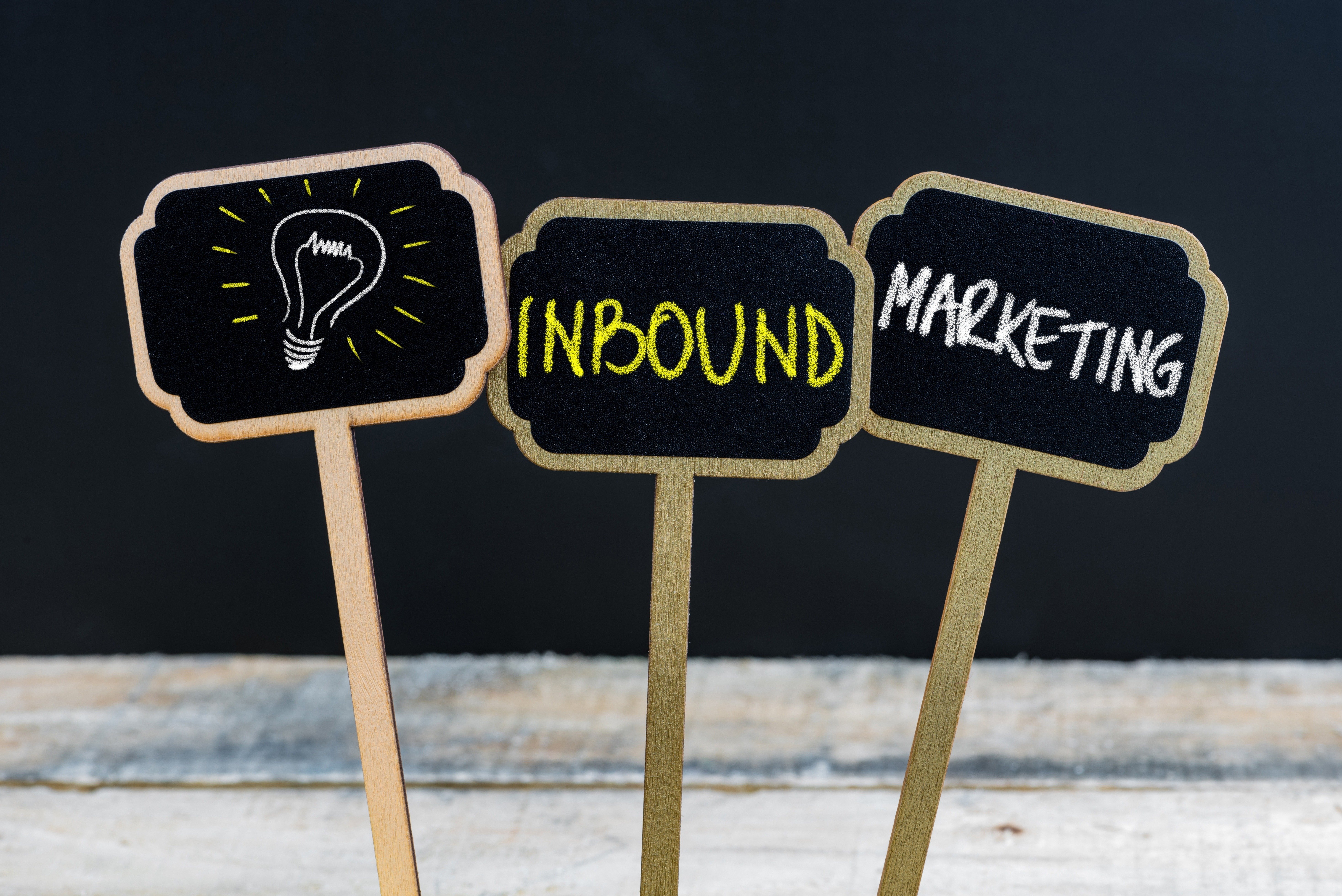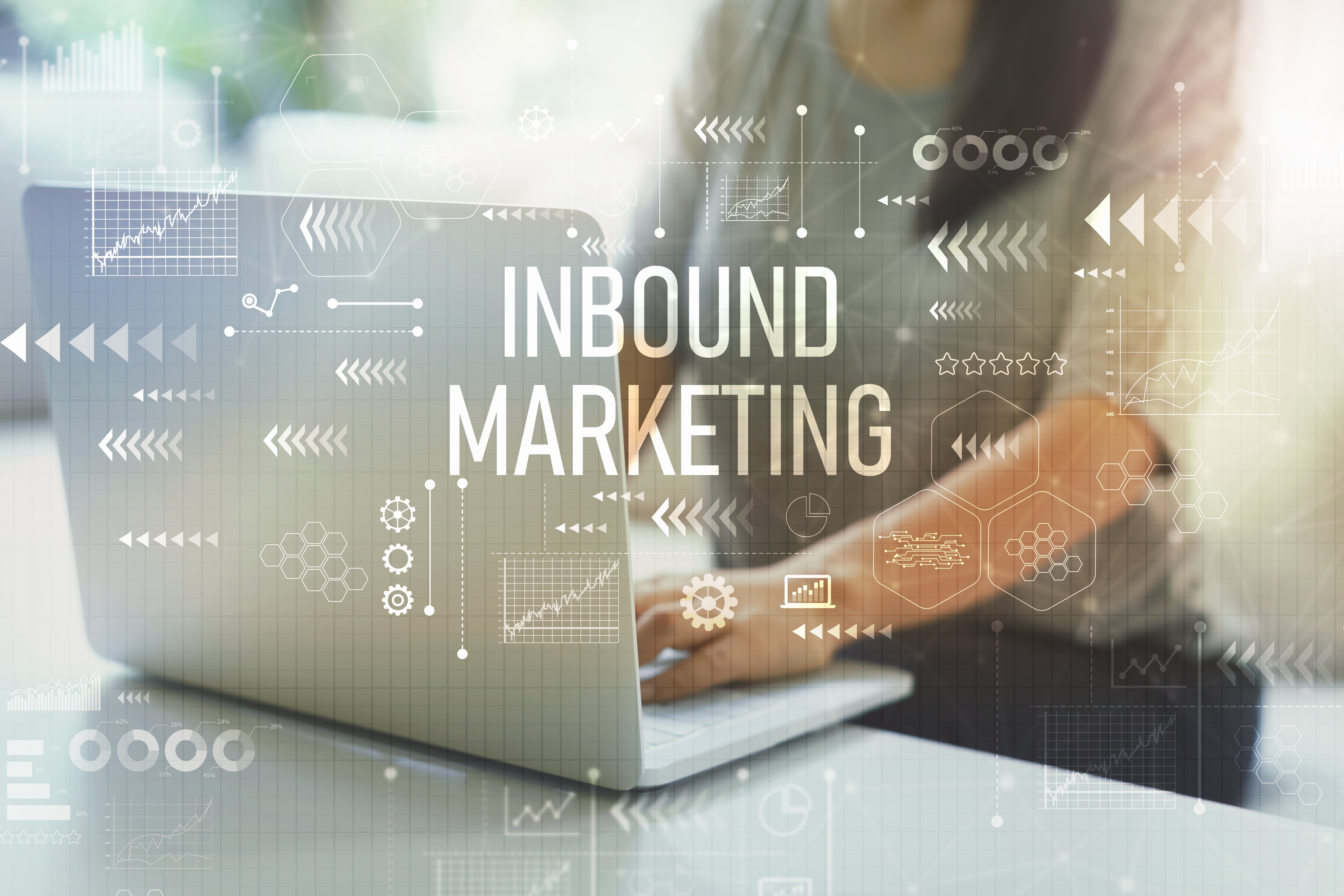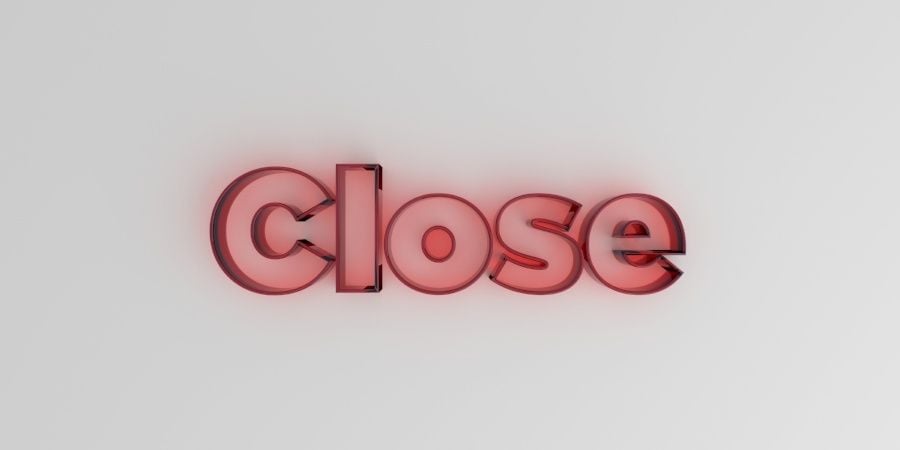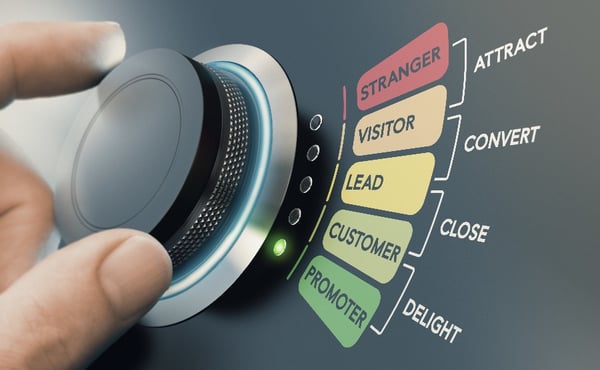
The way that buyers evaluate purchases before making them has changed drastically in the last ten years.
Particularly the way that B2B buyers evaluate solutions. Every piece of information that they need to make an informed buying decision is just a click away.
The power in buying has shifted from the seller to the buyer. As a result, the process that sellers go through to sell products as changed as well.
You have to work to keep up with the empowerment that today’s buyers have. Your sales process needs to adapt.
Whether your sales team relies heavily on outbound leads or inbound leads, it is imperative that you create sales processes that are in line with modern buyers. Inbound sales will always be relevant.
Even if your company relies mostly on outbound sales, inbound sales in the form of referrals, website visitors, and social media followers will continue to stream in as your company grows.
But to understand the things that you have to consider changing to conduct inbound sales effectively, we have to define what inbound sales actually is.
What Is Inbound Sales?
Inbound sales broadly refers to personalized modern sales methodologies to match the changing way that buyers speak with brands.
Inbound sales prospects come to you instead of you going to them. Maybe they interacted with some content that your company shared on your blog or on social media. Maybe they
Inbound salespeople use different processes than outbound salespeople. They focus on the pain points of their customers.
They act more as a trusted adviser. They work with them to help them find solutions to their problems and apply their product as that solution. They attack their sales processes to the buyer’s journey.
Now that we’ve defined what inside sales is, we’ll take a look at some real-world tactics that companies can use to embrace the inbound sales process.
Source: Synx
Inbound Sales Tactics
There are many individual tactics that can be used to improve your inbound sales operations. The inbound sales methodology requires constant vigilance on the part of sales reps.
The tactics listed in this section are less tactics and more pillars of inbound sales.
With them, you can reliably re-shape your sales operations and put your company in a position to close more deals and develop better, more personal connections with your customers, making them less likely to leave in the future.
Define Your Buyer’s Journey
The first step in the inbound sales process is to define your buyer’s journey. In sales strategies of the past, salespeople were focused on their own needs more so than the needs of the client. Their process didn’t change as they interacted with customers.
They trudged through their sales scripts and tried to get as many people as possible on the phone. They don’t aim to support the buyer through the purchasing process.
In inbound sales, salespeople aim to add as much value to the buying process. Without that effort, there can be a misalignment between buyers and sellers.
Inbound sales teams try to structure their sales processes around the buyer’s journey.
Most use a three-part framework for determining where the customer is in the current buying process:
- Awareness
- Consideration
- Decision
During each stage, customers typically interact with very specific types of information. In the awareness stage, buyers identify a challenge that they are running into and are still determining where that challenge lies in their list of priorities.
In the consideration stage, buyers have defined their challenge or goals and are intent on addressing it. They look at different approaches that they can use to tackle the challenge.
They see what solutions might be the best fit for their problems. They evaluate different products. They may evaluate different types of solutions to their challenges.
In the decision stage, buyers have decided on a type of solution that they would like to invest in and have narrowed down their list.
They have a few, maybe a handful at most, in mind and are more carefully evaluating each option. It’s here that salespeople typically need to take a more hands-on approach.
Mapping the average buyer’s journey out can provide you with a lot of insights into how you can structure your sales process to match their needs.
Let’s look at an example.
Here’s the process that Tyre Recruiting Firm’s customers go through on their way to becoming a customer:
Create Processes that Support that Journey
With a mapped out buyer’s journey, you then must tailor your sales processes to those different steps. You want to support the buyer and you want to have them feel that support through a very detailed inbound process.
Develop an inbound sales process and ask yourself what the buyer wants to see and know at each of the awareness, consideration, and decision stages. What content do they want access to?
What questions will they have at each stage in the process? Where do specific concerns and objections arise throughout?
Knowing the answers to these questions can make the process changes that you need to make more obvious.
If you know that customers that are in the decision stage are evaluating your company against several competitors, delivering a product comparison chart that shows where your solution shines over the others can be a great way to deliver value to someone exactly when they need it.
Duplicate that strategy for each of the different stages. Give your customers what they want, when they want it, and you’ll put yourself in a position to deliver exceptional quality to your clients.
Identify Your Ideal Customers
Different customers may have different rough customer journeys. Being able to craft your process for your ideal customer is essential for building a sales process that matches or exceeds their needs.
This comes back to creating valuable and accurate buyer personas. They might seem a little redundant when you feel like you know everything about your customers, but they are so critical for creating a high-quality sales process.
You have to know your customers on a deep level to know what they want.
A great way to identify your “ideal” customers is to take a look at your current customer base. In looking at them, you’ll see what types of customers get the most value out of your solution, deliver the most revenue to your company, and put you in a position for success.
Here are some other ways to identify your ideal customers:
- Which of your customers are the most satisfied with your service? They are likely to extract the most value from what you deliver and therefore are likely to stick around as customers.
- Which customers require the least customer service? Time spent satisfying your customers is a real concern when deciding who you want to target.
- What customers churn the most? Who flat out doesn’t stick around? If a certain type of customer leaves often, they may not be finding legitimate value in your product.
- What customers are the most engaged throughout the sales process? Active conversations are the proverbial gold at the end of the rainbow in inbound sales.
Use these questions as a guide to help you identify the best possible customers for your business and cater your pitches and approach to them.
Source: Pitter Patter
Know How to Ask Questions
If you want to learn about your products and find ways to position your solution as a heaven-sent solution to their problems, you have to know how to ask questions. Good questions.
Salespeople are in many ways like journalists, digging into the experiences of customers to uncover their pain points, problems, concerns, and needs.
Create a list of common questions that your inbound sales reps will ask your ideal customers when they begin engaging with them.
Certain questions will need to be asked at different stages in the buyer’s journey. If your sales team has been operating for some time, they probably have a good idea what the best questions to ask are.
Work with your team to define a set list of inquisitive questions that they can use to get to the bottom of your customer’s pain points and find out how your solution is the perfect fit for their company.
Create Messaging that Aligns With Those Customers
All sales teams have predefined messaging that they use to interact with prospects. While inbound sales does call for a more personalized approach, you still need to provide your sales team with a foundation that they can use and build on in their own interactions with customers.
Build out templates, pitches, and other materials that will guide your inbound salespeople through the process of interacting with a new sales-ready lead.
Your messaging should address several things at different stages in the buyer’s journey, including:
- Pain points. What is causing your customers pain? How does your solution solve those pain points? Positioning yourself as a true solution to their problems is how you stay on a customer’s shortlist throughout the evaluation process.
- Objections. What are the common objections that your customer raises throughout the sales process? Knowing these objections and creating standardized messaging around them can put you in a position to grow.
- Concerns. Concerns are the lesser cousin of objections, but a wall that gets in the way of great sales and relationships nonetheless. Address minor concerns with the same vigor that you would outright objections.
- Success stories. There is nothing more impactful for your salespeople than having real-world customer success stories that they can use to create a connection with similar companies. Create success stories for your ideal customers so that you can use them to sway similar companies.
Messaging is so critical in inbound sales. It conveys the value we provide. It helps us to provide a good experience to our customers.
You can use these different messaging considerations to have pre-created sales enablement content on hand to increase their chances of closing deals with your most valuable customers.
Personalized Presentations
When it is time to present your solution to your ideal customers, inbound sales requires that you give them a personalized presentation.
You can’t just send them a spec sheet and expect that they are going to come to the buying decision on their own in the modern environment.
You have to actively walk your prospects through your solution. If you don’t your competitor’s will be. You don’t want to fall behind.
Put together a presentation that you can mold to each client. Each presentation should contain interchangeable portions that you can use to personalize your presentation to each client.
Without personalization, you’ll have a hard time standing out from the crowd and reliably closing customers that are in the decision-making stage.
80% of customers are more likely to purchase a product or service from a brand who provides personalized experiences. 72% of consumers in 2019 only engage with marketing messages that are customized to their interests.
Inbound Sales Creates Better Customers
A well-run inbound sales operation is all about providing value and delivering value to your clients.
It focuses on personalization and mapping your approach to the specific journeys that your customers go on as they make a decision on what they would like to buy.
Inbound sales requires planning, research, and a willingness of sales reps to engage in conversations that may not lead to sales for some time. For that reason, it requires a change in sales mindset for many companies.
Here at RiseFuel, I have worked with many companies to help them re-shape their sales mindset and refocus their attention toward inbound sales while building out an inbound marketing program that is capable of delivering those leads to your sales teams.
If you’d like to see how I can help you to embrace inbound sales and grow your company reliably over time, get in touch today.



